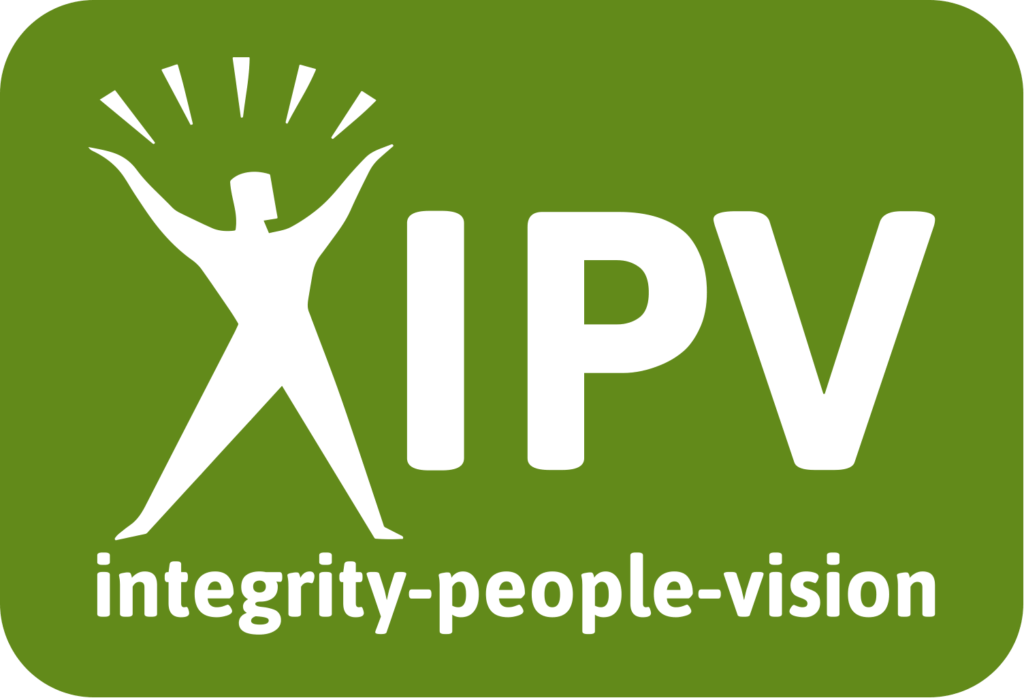
Can we talk about solutions for corporate burnout? In my last posting, we talked about the indicators and symptoms of burnout. Let’s dive in and take it a little bit deeper, to look at how we can resolve those issues that are so common with corporate burnout.
It is important to realize this is going to take a long-term commitment, you can’t just snap your fingers and resolve it in a week or two. Just like it took a little while to get into that situation, it’s going to take a little while to get out of it. But, if you’re willing to take some notes today and begin to strategize with your team, I’m sure that you can eventually turn the entire culture around.
There are four major game changers to resolving corporate burnout.
ONE – First of all, be real about the challenges. Don’t try to hide them under the rug and pretend they’re not happening. Don’t turn your head, and pretend like you don’t see it, because those things don’t solve the issue. It may seem insurmountable in the beginning, but is it reasonable to think they will just “go away?”
We need to bring them up in discussion, perhaps by having a structured open forum with specific “ground rules” to keep the conversation appropriate and relevant in meetings or training. Another idea mentioned in the last posting is to schedule one-on-one lunches with each leader or team member to discuss the issues and to ask for ideas on how you can work together on solutions or initiatives. In these discussions, it is important that you be honest, open, and transparent about what’s really going on, so they know that you’re paying attention and that you care. Really listen to them and give them an opportunity to share.
TWO – The second thing you could do to resolve corporate burnout is to meet human needs. I’m not saying you need to be fully responsible for their personal life, but it’s always true that personal and professional tend to mix together, even when team members don’t intend it to.
If they are suffering a lot of burnout at work, chances are it’s going to go home with them and they’re going to bring it back to work the next day, especially if the stress level is affecting their relationships and their health. It’s going to become cyclical and cause a lot of issues within the organization. Pay attention to the human needs and meet them as much as you can, and as much as is possible.
THREE – To avoid corporate burnout the team needs your support and backing. They need you to empower them to succeed. In other words, take a good look at all the systems in place and the software they’re using and make sure it’s as effective as you think it is.
Sometimes we, as leaders, assume it’s okay and we never really ask enough questions. Perhaps that means providing a ten or twelve question employee satisfaction survey as mentioned in our last posting. Maybe that means doing a full-fledged assessment. Maybe it means bringing in a third party to take a look at it, or maybe having a discussion about the different systems in place to determine if they are outdated or efficient. Whatever it is, you need to find out if they’re actually working and equip your team correctly.
FOUR – Finally, catch them “doing right” often. We’re always so quick to see what they’re doing wrong, but, due to distractions or busyness, we can neglect catching or being aware of when they’re doing right. It takes five positives to overcome one negative. Meaning you have to catch them doing right about five times before you can criticize them.
This doesn’t mean you don’t have corrections and policy, structure and policy adherence is also critical to a healthy environment. . But it is important to keep an uplifting atmosphere where people feel encouraged and energized to work towards solutions. It is also important that team members feel safe to provide innovative ideas that align with the vision of the organization. And they must be allowed to fail from time to time in order to grow and learn.
The first step toward an engaged, productive team is to schedule your FREE session with our coaches.





